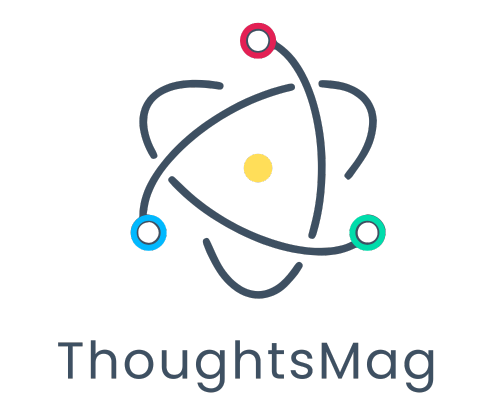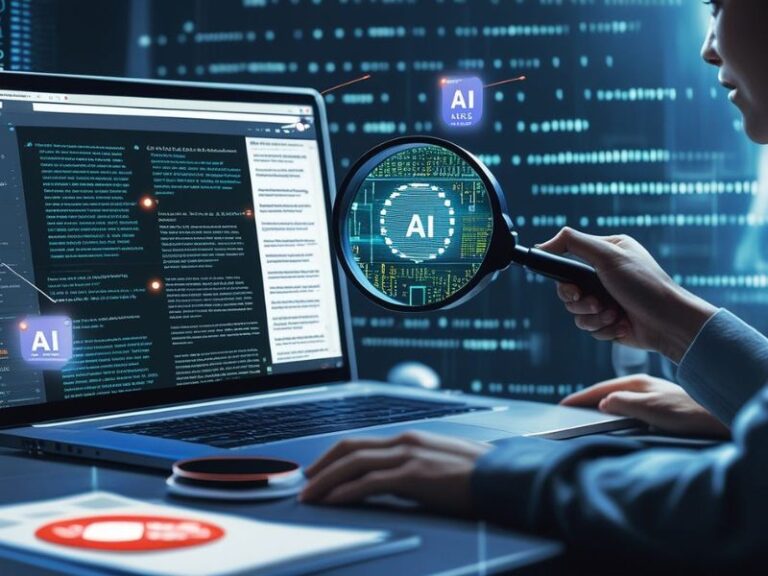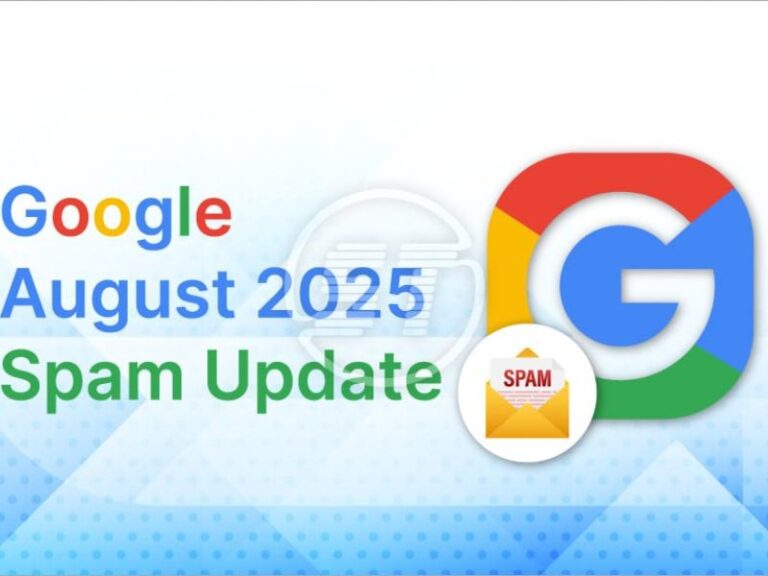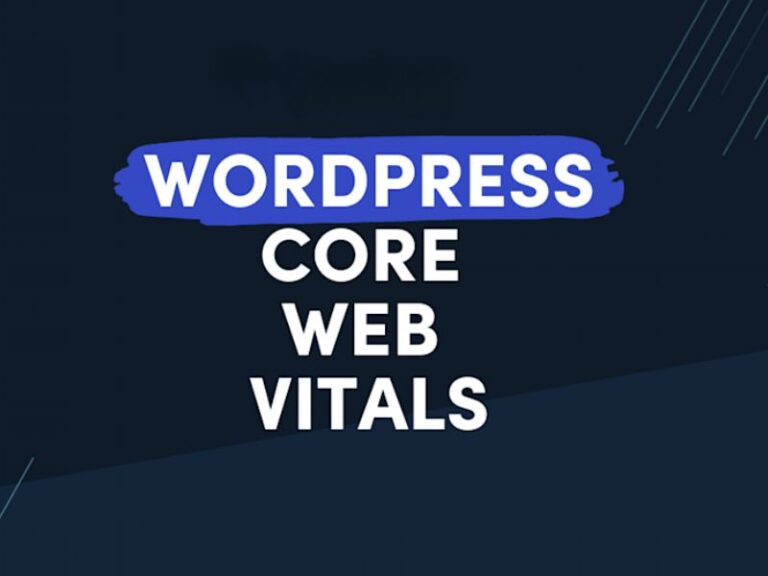In today’s hyper-competitive business environment, marketing isn’t just about creativity—it’s about precision, speed, and adaptability. Every campaign, every ad, and every social post is part of a bigger system: your Marketing Workflow.
Unfortunately, traditional workflows are often filled with repetitive tasks, data overload, and bottlenecks that slow down results. That’s where Artificial Intelligence (AI) steps in—not as a replacement for marketers, but as an accelerator.
When applied strategically, AI can turn a chaotic marketing process into a well-oiled machine, saving time, cutting costs, and improving decision-making. This guide will walk you through exactly how to leverage AI for a seamless, productive Marketing Workflow from planning to performance analysis.
What Is a Marketing Workflow?
A Marketing Workflow is the step-by-step process your team follows to execute marketing activities—from brainstorming campaign ideas to measuring results. It involves:
-
Planning: Setting goals, budgets, and timelines.
-
Execution: Creating and publishing content, ads, and campaigns.
-
Monitoring: Tracking performance in real time.
-
Optimization: Making improvements based on data.
AI doesn’t replace these stages—it optimizes them.
Why AI Is a Game-Changer for Marketing Workflows
AI brings three key advantages:
-
Automation of Repetitive Tasks: Freeing marketers from manual work like scheduling posts or compiling reports.
-
Data-Driven Decisions: Offering deeper insights from vast datasets in seconds.
-
Personalization at Scale: Tailoring messages for different audience segments automatically.
Example: Instead of manually analyzing 5,000 customer survey responses, an AI tool can summarize insights in under a minute and suggest content strategies.
Step 1: Using AI for Marketing Planning
1. AI-Powered Market Research
Gone are the days of spending weeks compiling market reports. AI tools like Similarweb or Crayon can track competitors, identify trends, and summarize market changes instantly.
Example: An AI system scans thousands of competitor product listings and identifies which features get the most customer engagement.
2. Goal Setting with Predictive Analytics
AI-powered analytics platforms like Google Analytics 4 or HubSpot AI can predict future trends based on past data. This helps you set realistic, achievable campaign goals.
Pro Tip: Use AI forecasting models to predict seasonal sales spikes and plan ad budgets accordingly.
Step 2: Streamlining Content Creation with AI
1. AI Content Writing
Tools like Jasper AI or Copy.ai can generate blog posts, ad copy, and social media captions. While AI can write the first draft, human creativity ensures brand voice and accuracy.
Weak Prompt Example: “Write about our product.”
Strong Prompt Example: “Write a 200-word Instagram caption promoting our eco-friendly water bottle, highlighting durability, portability, and a 10% discount.”
2. Image & Video Creation
AI platforms like Canva’s Magic Media and Synthesia can create marketing visuals and product demo videos in minutes.
Example: An e-commerce store uses AI to generate lifestyle product images for seasonal campaigns without hiring a photographer.
Step 3: Automating Marketing Campaign Execution
1. Social Media Scheduling
AI-driven tools like Buffer AI or Hootsuite Insights can suggest optimal posting times based on audience engagement history.
2. Email Marketing Automation
AI email tools like Mailchimp’s Content Optimizer can:
-
Personalize subject lines for each recipient.
-
Predict which offers a user is most likely to click.
Example: Instead of sending the same email to 10,000 subscribers, AI creates 5 variations tailored to different audience behaviors.
Step 4: Real-Time Monitoring with AI
1. AI-Powered Analytics Dashboards
Tools like Google Looker Studio or Sprout Social AI analyze campaign data in real time.
-
Detect underperforming ads.
-
Spot unusual traffic drops.
Example: AI detects that a Facebook ad’s click-through rate dropped by 40% and suggests swapping the image for a more engaging one.
2. Sentiment Analysis
AI can monitor brand mentions across social media, reviews, and forums to measure audience sentiment.
-
Positive Sentiment: Double down on what’s working.
-
Negative Sentiment: Address concerns before they escalate.
Step 5: AI for Continuous Marketing Workflow Optimization
1. A/B Testing at Scale
AI doesn’t just run one A/B test—it can run multiple tests across channels and automatically pick winners.
2. Automated Insights
Instead of sifting through spreadsheets, AI generates clear action points:
-
“Increase Instagram ad spend by 15%.”
-
“Change headline to include trending keyword.”
Building a Seamless AI-Driven Marketing Workflow
Example Workflow:
-
Plan: Use AI to research trends and set goals.
-
Create: Generate draft copy and visuals with AI.
-
Schedule: Automate publishing across platforms.
-
Monitor: Track KPIs using AI dashboards.
-
Optimize: Implement AI-driven suggestions.
Common AI Tools for a Marketing Workflow
| Function | AI Tool Example | Benefit |
|---|---|---|
| Content Writing | Jasper AI | Creates ad copy & blog posts quickly |
| Visual Design | Canva Magic Media | Generates branded graphics |
| Video Creation | Synthesia | Creates AI video presenters |
| Email Marketing | Mailchimp AI | Personalizes campaigns |
| Social Scheduling | Buffer AI | Posts at peak engagement times |
| Analytics | Google Looker Studio | Real-time performance tracking |
Potential Challenges and How to Overcome Them
1. Over-Reliance on AI
Solution: Keep humans in the loop for final reviews and brand alignment.
2. Data Privacy Concerns
Solution: Ensure AI tools comply with GDPR, CCPA, and other regulations.
3. Loss of Brand Voice
Solution: Train AI tools with your brand’s style guide and tone examples.
Key Takeaways
-
AI can significantly improve Marketing Workflow efficiency by automating repetitive tasks and delivering actionable insights.
-
The best results come from a human-AI partnership—AI handles speed and scale, humans handle creativity and empathy.
-
Start small: integrate AI into one stage of your workflow before scaling across the entire process.
Conclusion:
AI is not just a passing trend—it’s the future of marketing operations. From planning and creation to execution and optimization, AI transforms how brands connect with audiences.
By strategically integrating AI into your Marketing Workflow, you’ll not only save time and resources but also deliver campaigns that are smarter, faster, and more impactful. The marketers who embrace AI now will have a competitive edge for years to come.



